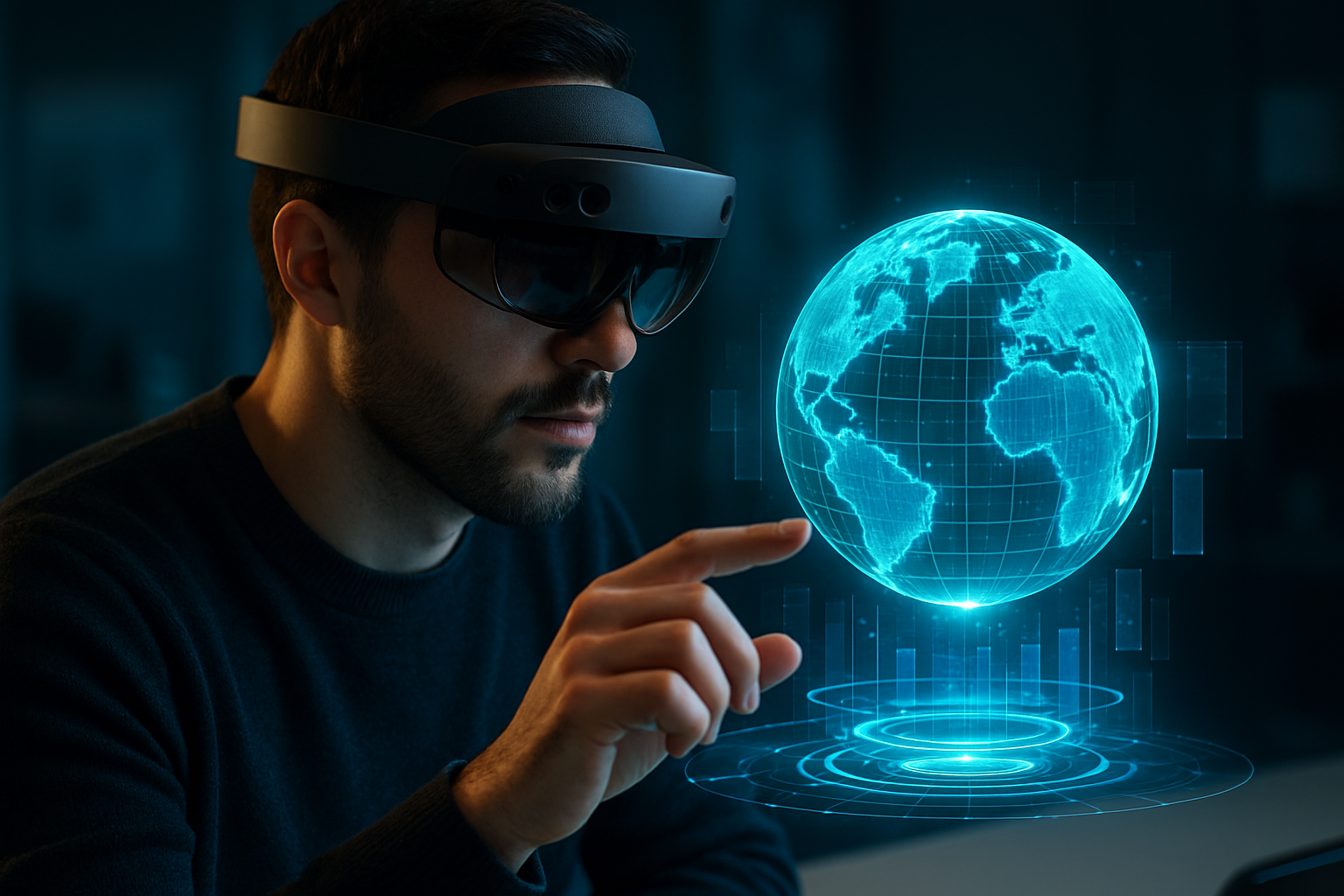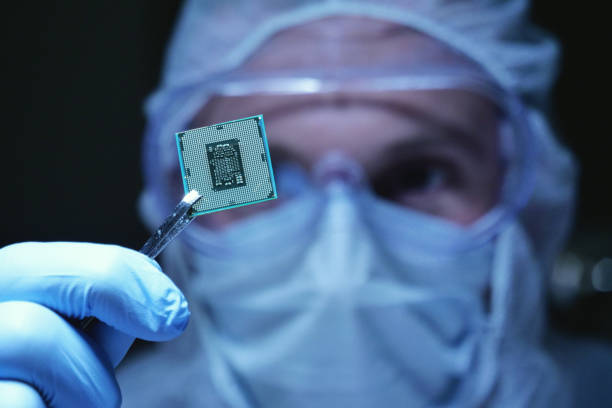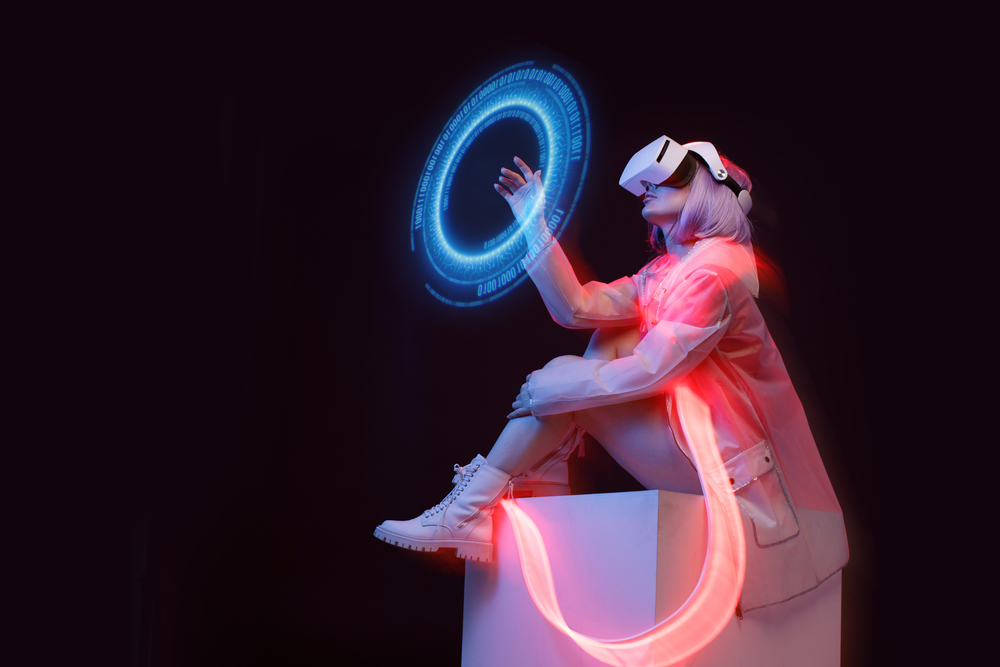Holographic Calling: The Next Frontier in Telecom
Imagine stepping into a virtual room where you can interact with loved ones or colleagues as if they were physically present, despite being thousands of miles apart. This isn't science fiction—it's the promise of holographic calling, an emerging technology poised to revolutionize how we communicate. As telecommunications evolve beyond traditional voice and video, holographic communication represents a quantum leap in connectivity, offering immersive experiences that blur the lines between digital and physical presence.

However, the rapid advancement of digital technologies, high-speed networks, and augmented reality has paved the way for holographic communication to transition from science fiction to practical reality. The convergence of these technologies has created a perfect storm for holographic calling to emerge as a viable form of long-distance interaction.
How Holographic Calling Works
At its core, holographic calling combines advanced imaging techniques with high-bandwidth data transmission to create the illusion of a three-dimensional presence. The process involves several key components:
-
Capture: Multiple high-resolution cameras record the subject from various angles, creating a 360-degree image.
-
Processing: Specialized software converts the captured data into a three-dimensional model in real-time.
-
Transmission: The 3D model is compressed and transmitted over high-speed networks.
-
Display: The recipient’s device projects the hologram using advanced display technologies such as spatial light modulators or volumetric displays.
-
Interaction: Sensors and AI algorithms enable real-time interaction between users and holographic representations.
This complex interplay of technologies requires significant processing power and bandwidth, making holographic calling one of the most demanding applications in modern telecommunications.
Current State of Holographic Technology
While full-fledged holographic calling remains on the horizon, several companies and research institutions are making significant strides in this field. Tech giants and startups alike are investing heavily in holographic communication technologies, recognizing its potential to reshape both personal and professional interactions.
Some notable developments include:
-
Holographic displays: Companies like Looking Glass Factory and Light Field Lab are developing glasses-free holographic displays capable of rendering high-quality 3D images.
-
Telepresence systems: Microsoft’s HoloLens and Magic Leap’s mixed reality headsets are pushing the boundaries of augmented reality, laying the groundwork for more immersive holographic experiences.
-
5G and beyond: The rollout of 5G networks and ongoing research into 6G technologies promise the ultra-high bandwidth and low latency required for real-time holographic transmission.
-
AI-driven rendering: Advancements in artificial intelligence are enabling more efficient compression and reconstruction of holographic data, making transmission more feasible over existing network infrastructures.
Challenges and Hurdles
Despite the exciting progress, several significant challenges must be overcome before holographic calling becomes mainstream:
-
Bandwidth requirements: Even with 5G, the massive amount of data required for high-quality holographic transmission remains a significant hurdle.
-
Hardware limitations: Current display technologies struggle to produce high-resolution, full-color holograms visible from multiple angles without specialized eyewear.
-
Standardization: The lack of industry-wide standards for holographic data formats and transmission protocols hinders interoperability and widespread adoption.
-
Cost: The expense of holographic systems, both for capture and display, currently limits their accessibility to specialized applications and high-end markets.
-
User experience: Ensuring natural and intuitive interaction with holograms remains a complex challenge, requiring advancements in gesture recognition and haptic feedback technologies.
Potential Applications and Impact
As these challenges are gradually overcome, holographic calling has the potential to transform various sectors:
-
Business communication: Virtual meetings could become truly immersive, enhancing collaboration and reducing the need for business travel.
-
Healthcare: Telemedicine could evolve to allow doctors to examine patients holographically, improving remote diagnostics and consultation.
-
Education: Holographic lectures and interactive learning experiences could revolutionize distance education and training.
-
Entertainment: Live performances and events could be broadcast holographically, allowing audiences worldwide to experience them as if they were present.
-
Personal communication: Long-distance relationships could be maintained more intimately, with holographic presence bridging the physical gap between loved ones.
The Road Ahead
While fully realized holographic calling may still be years away from widespread consumer adoption, the rapid pace of technological advancement suggests that it’s not a matter of if, but when. As researchers continue to push the boundaries of photonics, data compression, and display technologies, we inch closer to a future where holographic communication is as commonplace as video calling is today.
The journey towards this future will likely see incremental improvements in existing technologies, such as more sophisticated augmented reality experiences and higher-fidelity 3D displays. These stepping stones will gradually pave the way for true holographic communication, ushering in a new era of immersive, lifelike interaction across vast distances.
As we stand on the brink of this technological leap, it’s clear that holographic calling represents more than just an advancement in telecommunications—it’s a fundamental shift in how we perceive and interact with the digital world. By bridging the physical and virtual realms, holographic communication has the potential to redefine our understanding of presence and connection in the 21st century and beyond.





